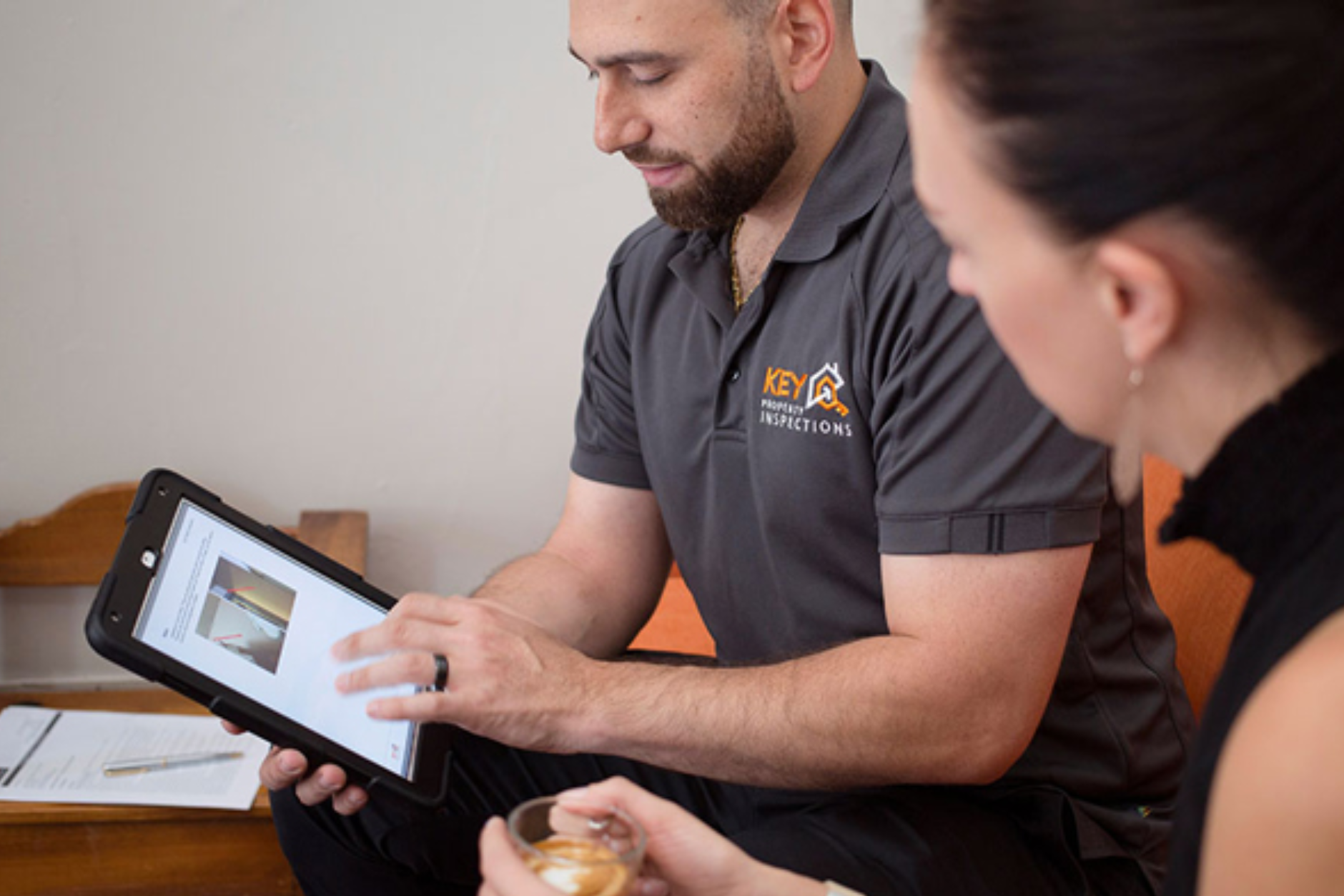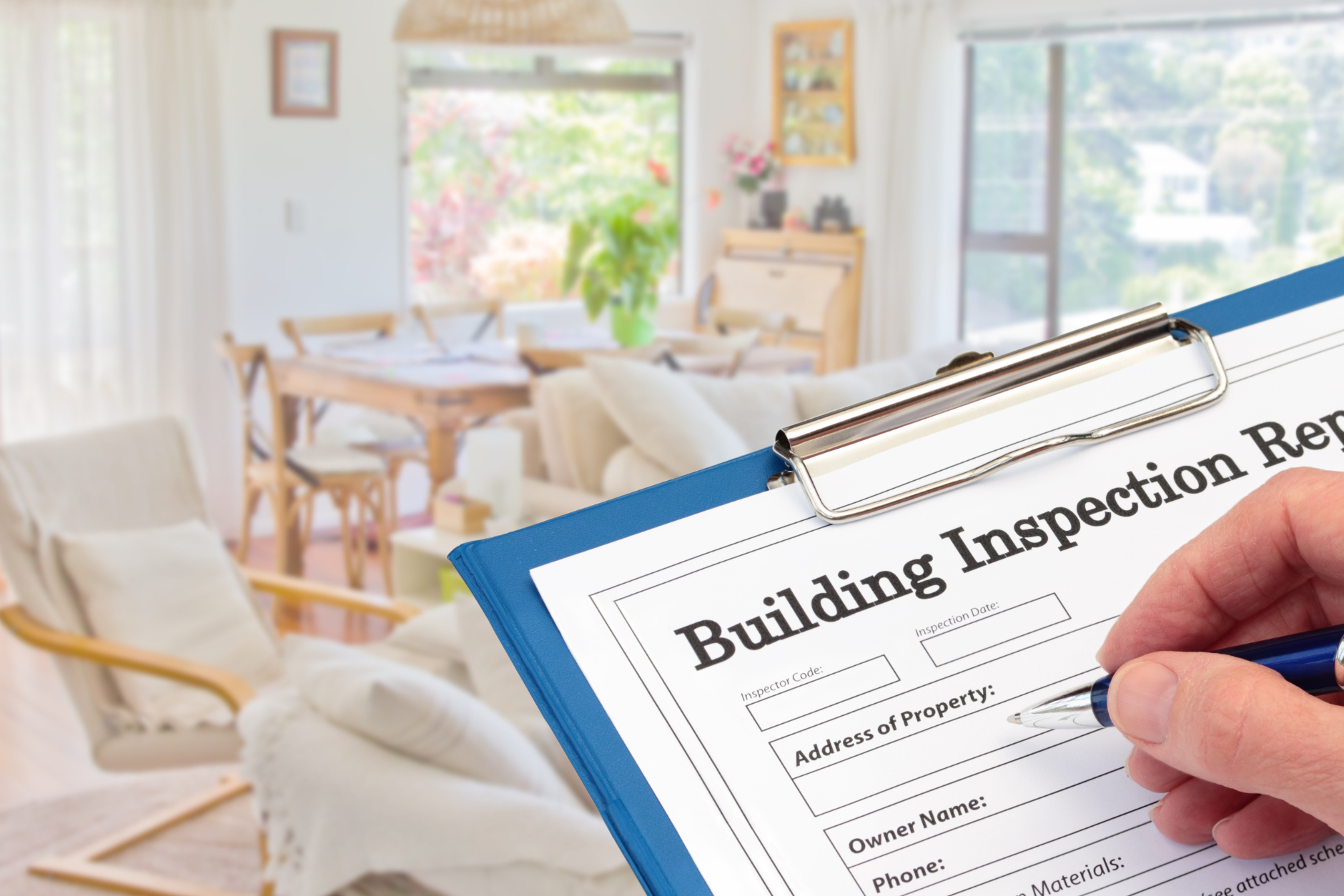
When listing your property on the market potential buyers will be attending open inspections or inspecting a property, and they’ll be on the look-out for issues.
If they engage the services of a professional building inspector, that inspector is obliged to inspect and report on all major and minor defects.
Here are some areas you may want to pay attention to prior to listing as they could be detrimental to the sale.
1. Check inside cabinets in all the wet areas.
Open and inspect all cabinets in your wet areas – bathrooms, ensuites, laundries, kitchens. Any staining or damp smells can be an indication of water leaks or even rising damp. You may want to engage a plumbing specialist to investigate further, and a carpenter to repair or replace cabinets accordingly.
2. Check for corrosion
In the wet areas, look out for stains or corrosion to the walls backing onto the showers or baths. Any signs of moisture penetration or water leaks. A licensed plumber will be able to investigate further, and depending on the issue it could range from some basic maintenance to extensive repairs.
3. Mould
Look out for any evidence of mould on the internal walls throughout your property. The appearance of mould is just the beginning, the real question is the initial cause of the mould, which will need to be investigated further. Unfortunately mould must be cleaned and treated by a specialist, and if the underlying cause isn’t fixed, then the mould will only re-appear with time.
4. Cracks
The internal and external walls should be visually checked for wall cracks. Cracks that are greater than 2.0mm in width can be cause for concern and should be further inspected by a specialist. However most cracks are easily repaired by a qualified handyman.
5. Sagging Ceilings
Check the ceilings in each room for sagging. Look out for the “parachute” appearance. Ideally the ceilings would be fixed firmly flush into place.
6. Windows & Doors
Check that all windows and doors open, close and lock accordingly, and are properly sealed. It may sound trivial, however the exterior window caulking (sealant around the frames) usually only requires basic maintenance. Proper sealing of windows and doors also contributes to the energy usage properties of the house.
7. Taps & Plumbing Fixtures
Test all taps and plumbing fixtures around the interior and exterior of the property. Turn on the water and flush the toilets, take note of the water flow, leaking, dripping and very importantly observe rates of drainage. Look out for gurgling and pooling.
8. Roof Gutters & Downpipes
Do your roof gutters and downpipes show signs of rust or heavy corrosion? It may be hard to notice from the ground level, but a good way to check is to look out for tell-tale signs of leaking or overflow. You may notice erosion and staining around the deteriorated components. Pay attention to the joins to the downpipes.
9. Take a look on the roof
Look up the lines of the roof, you may notice they are wavy or have deflections, this may need to be investigated further inside the roof void. The roof void should be checked at least twice every year.
10. Assess the exposed foundation.
Depending on the type of construction there should be an exposed section of the foundation which should be clear to view and inspect for any damage.
If you’re about to list your property for sale and you’re in any doubt, it’s always a good idea to engage a professional for a detailed building inspection report. This will not only give you peace of mind as you go to market, but it may also help you to identify any causes for concern early so that you can address them before prospective buyers are walking through your property.
We’re here to help if you need – call us on 0426 747 351 or fill in our Book An Inspection form.


Recent Comments